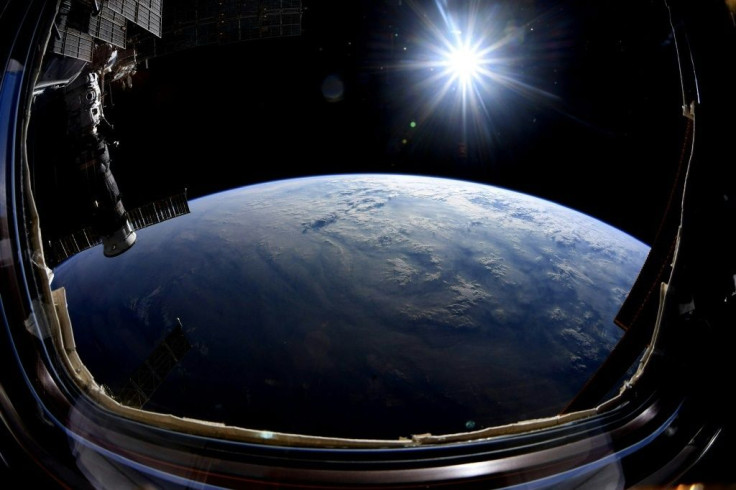ISS Crew Members Spot Elusive Air Leak Using A Teabag
KEY POINTS
- ISS crew members finally found the elusive air leak that was first detected in 2019
- The tea bag they left in the Zvezda module floated towards the likely leak area
- Air leak rate reportedly dropped since the suspected source was temporarily patched
- Crews are now working on a more permanent patch to the leak
International Space Station (ISS) crew members finally traced the elusive air leak using a rather unusual method. Thanks to a simple tea bag, the leak has now been temporarily sealed.
The air leak ISS crew members have been looking for in the last months has finally been located, Russian News Agency TASS reports. To find it, the team simply placed a teabag in the Zvezda module, suspected to be the location of the leak, then recorded where the tea bag floated in microgravity.
"We believe that we have really identified the probable leakage area. We have distributed a teabag [in the Zvezda module] before closing the transfer chamber," Anatoli Ivanishin told the Russian Flight Control Center on Oct. 15, TASS reported. "We have several photos and videos of the direction of the tea bag's flight or where it intended to fly and this precisely shows the direction the air is blowing from the possible air leak."
On Monday, both Roscosmos and NASA confirmed that the air leak has been temporarily sealed and that plans are already being made to permanently seal it.
"ISS crew sealed the airleak using temporary means available at the station," Roscosmos said on Twitter. "Currently, Chief Operating Control Group together with the Space Station crew is working out a program of operations to permanently seal the leak location."
ISS crew sealed the airleak using temporary means available at the station.
— РОСКОСМОС (@roscosmos) October 19, 2020
Currently, Chief Operating Control Group together with the @Space_Station crew is working out a program of operations to permanently seal the leak location. pic.twitter.com/WC0YyoqgKd
NASA also reiterated that the leak poses no immediate danger to the crew at the "current leak rate," which Ivanishin reported to have dropped after the suspected air leak source was patched up, TASS said in another report on the matter.
That said, it is still imperative to find a more permanent solution to the leak since the air pressure reportedly continues to drop.
"Perhaps, we should try hard patches our partners have? We can talk with them. This is because the current patch is not so efficient," Ivanishin told Russia's Flight Control Center.
So far, exactly what the plan is to permanently seal the air leak is unclear. But cosmonaut Sergey Ryzhikov, who traveled to the ISS on Oct. 14, said during a pre-flight conference that the Soyuz MS-17 spacecraft was also bringing equipment to trace the leak as well as a "special sealant," TASS said in the earlier report.
As NASA noted, the crew has been investigating the source of the leak for several months. It all began in September 2019 when the standard leak reportedly slightly increased. At the time, it was not considered to be a major risk. But it reportedly increased in August, prompting the crew members to actively search for the leak.
Just last September, for instance, the crew members were even woken up by flight controllers late at night to search for the leak after it appeared to grow in size. Although the detection was later attributed to a temporary temperature change and the leak rate remained the same, it was during that late-night search when the crew members finally traced the leak to the Russian Zvezda Service Module.
Now, thanks to a simple tea bag, the months-long mystery appears to have been solved.

© Copyright IBTimes 2024. All rights reserved.





















